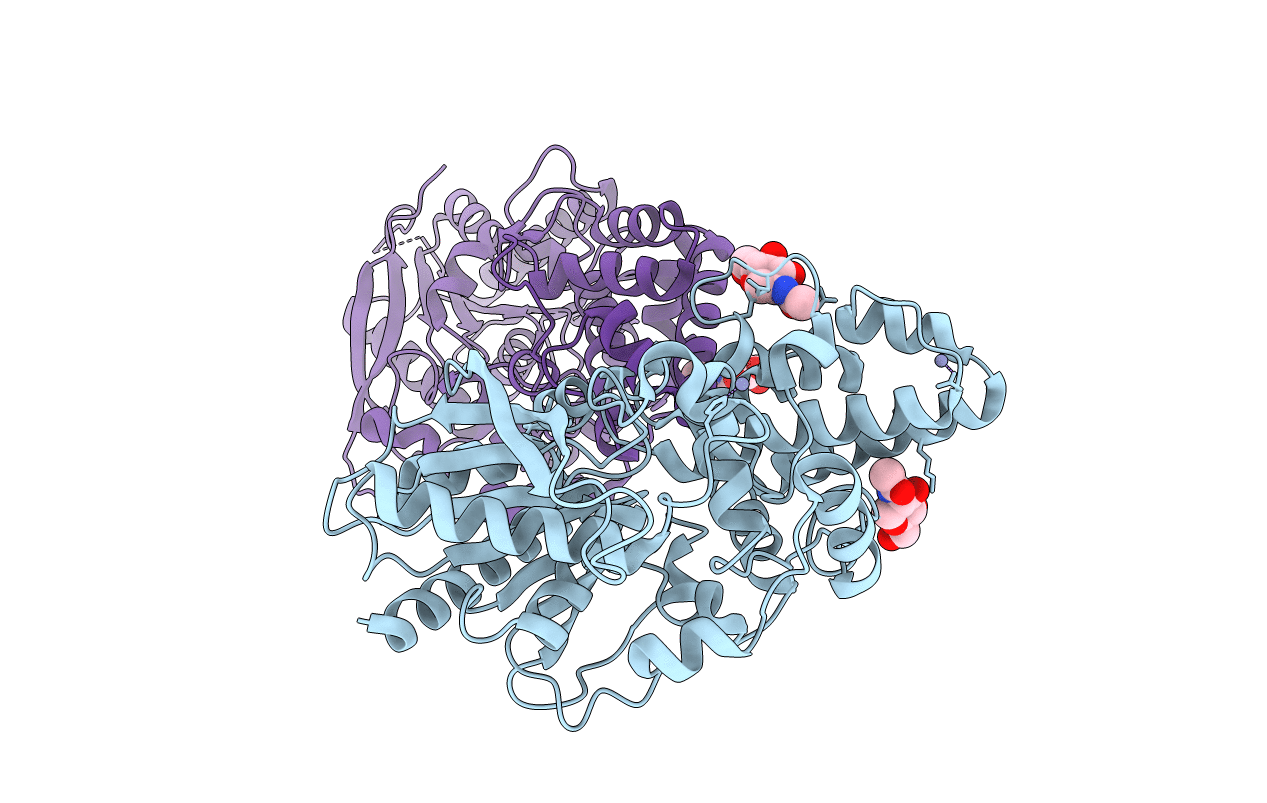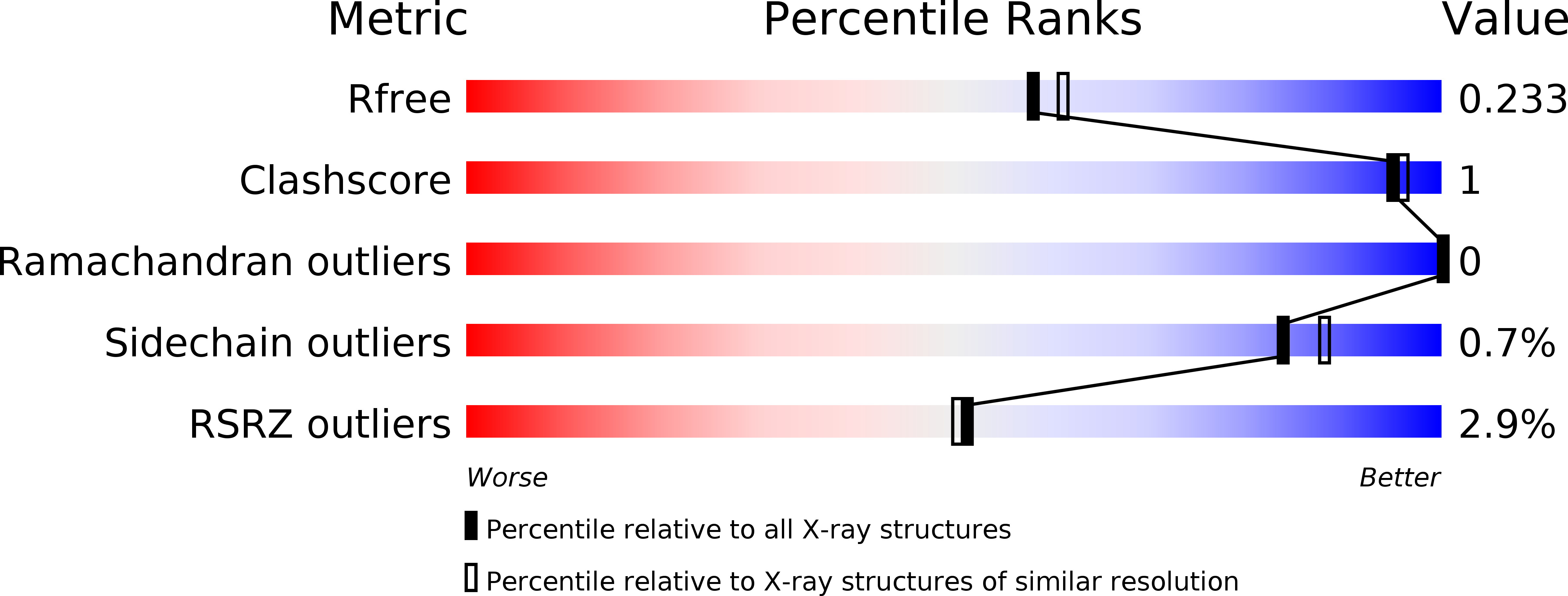
Deposition Date
2012-03-23
Release Date
2012-09-19
Last Version Date
2024-10-16
Method Details:
Experimental Method:
Resolution:
2.00 Å
R-Value Free:
0.22
R-Value Work:
0.20
R-Value Observed:
0.20
Space Group:
P 21 21 21


